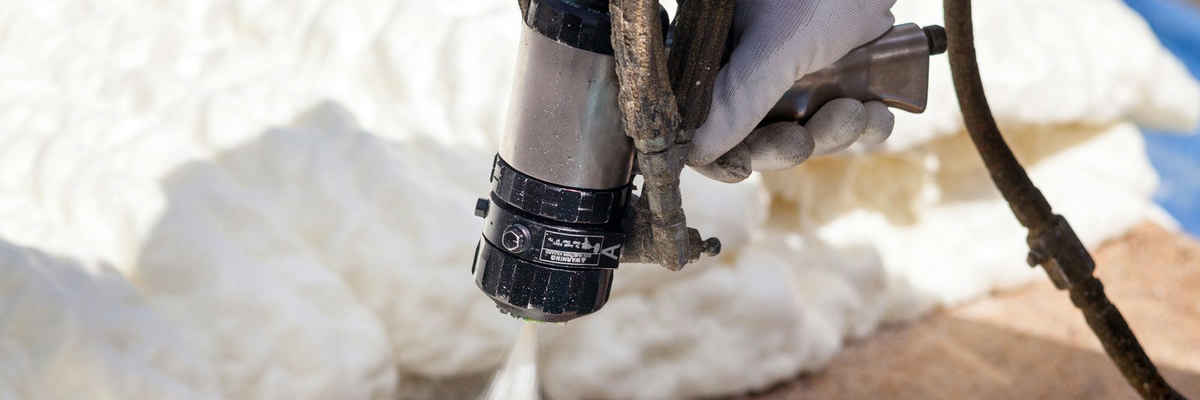What are the benefits of block foam insulation?
They are more durable than standard fiber glass insulation because of their density.
Block foam insulation can be installed in cavities that conventional insulation won't fit, like around chimneys and fireplaces. High-priced homes often use block foam to provide an effective R value with the least amount of material on the face of the wall. Likewise, many commercial projects use it because it's not as expensive or difficult to install. The block insulation is made of polystyrene beads that are compressed together creating a solid block. The block shape means you can easily cut it to fit specific areas, giving you an installation flexibility not found in other types of insulation.
Call Now - (650) 460-1311
Get Your Free Quote!

How does block foam insulation work?
The foam insulation will fill in open spaces inside walls and ceilings. The foam is light, porous, and highly insulating. It can be sprayed or forced into any void that is easily accessible. In this way the air contained within the cavity gets trapped behind a thin barrier of foam insulation thereby preventing cold from reaching it from outside. Such barriers are usually well suited for covering large cavities such as wall plates, where a lot of air circulates in a closed space between studs or framing members and the exterior side plate surface which might otherwise not be well insulated due to lack of space. Spray block foam insulation can be as much as twice as effective as fiberglass batts. It seals off the surfaces of studs and plates, forming a barrier that reduces conduction and convection. The "plastic" film separates the block insulation from warm and cool surface materials to which it might touch, such as metal or wood framing and exterior sheathing.
What Is Spray Foam Insulation?
Block foam is an insulating material made up of two components - one is liquid and another is gas, activated by heat. When mixed together they produce a chemical reaction resulting in expanding flexible polyurethane foam (PUF). When this mixture is applied into any cavity space through spray nozzles it expands to block all air passages. This makes block foam ideally suited for insulating areas where air circulation is minimal. Such applications are usually perimeters of walls, floor slabs or ceilings.
How Does Spray Foam Insulation Work?
The two components contained in block foam insulation do not combine until they are activated by heat. The liquid part of block foam is polyol resin, which mixes with di-isocyanate to form an open cell structure. When it is sprayed into a cavity space through proper nozzles at the right pressure it is highly expansive and forms a solid mass that fills any available space completely. The expanding process starts within seconds after the mixture is released inside the insulated area due to its low viscosity (thinnest) and high expansion rate.
How Is Spray Foam Insulation Used?
Spray block foam insulation is used in different applications, mostly as wall or ceiling insulation. The block insulation can be easily applied to block spaces that are difficult to access because of its low viscosity and high expansion rate. This kind of insulation might also be used under slabs before pouring concrete since it can be sprayed around reinforcement bars. Because block foam prevents the formation of ice dams on roofs, it might also be used for roofing or sub-floor insulation either underneath tiles or carpets respectively.
Call Us Now - (650) 460-1311
